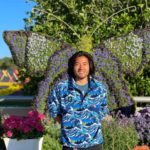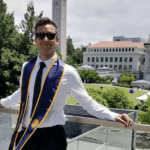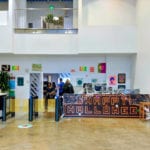By Liberty Hudson, MEng ’23 (ME/Product Design)This op-ed is part of a series from E295: Communications for Engineering Leaders. In this course, Master of Engineering students were challenged to communicate a topic they found interesting to a broad aud…
Category: design
design
Patrick Lai, MEng ’19 (ME): “Product design is at the intersection of art and engineering.”
On his experience as a 2019 graduate and how he discovered his enthusiasm for design.Patrick Lai earned a Mechanical Engineering degree from Berkeley MEng in 2019. Here, he discusses his interest in creative design as well as his discovery of and passi…
Humans of Fung: Tiffany Tao, MEng ’20 (ME)
On how her passion for STEM has inspired her journey to become a product design engineer.Tiffany celebrates her MEng master’s degree at the postponed 2020 commencement. Photo by Matthew TaoTiffany Tao graduated from the Berkeley MEng program in 2020, w…
Fung Feature: Shreyas Bhayana, MEng ’19 (ME)
Alumnus Shreyas Bhayana on developing his passion for engineering and wanting to make tangible impactShreyas graduated from the Berkeley MEng program in 2019 with a Master’s in Mechanical Engineering and concentration in product design. Here, he shares…
Fung Feature: Darshan Mehta, MEng ‘18 (ME)
On his academic journey, a career in UI/UX, and why you should always ask for help.Darshan Mehta, MEng ’18 (Mechanical Engineering)“Hi, I’m Darshan! I grew up in a really beautiful town in Mumbai, India. As a child, I loved tinkering with things — the …
Facebook Area 404 visit — organized by Jacobs Design Institute
Facebook Area 404 visit — organized by Jacobs Design InstituteBy Clara LimReception of Area 404, where we exchanged for passes before starting the tourIt’s another day at Building 17 of Facebook’s Menlo Park headquarters. From the outside, it looks lik…
Celebrating social innovation at annual Capstone Showcase: Day 1
By Caroline OstermanThe Renault Human Centered Design team, photographed with Capstone advisors Alice Agoginos and Nikhil Gowda, and their prototype: a haptic array embedded into a car seat armrest.The Berkeley Master of Engineering program boasts a un…
M.Eng. Student Perspective: Berkeley Audio Design Challenge (pt. 1)
Written by Shail Shah, Edited by Iris Wu
UC Berkeley’s Audio & Education Design Challenge, sponsored by Bose and Autodesk, took place on Oct. 22, 2016. Shail Shah was on one of the two winning teams.
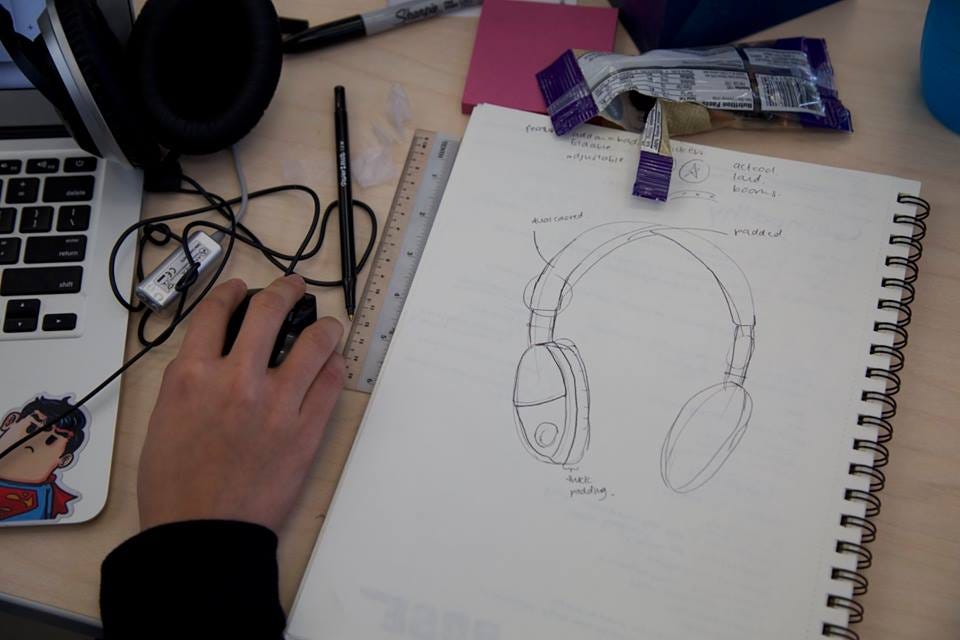
I was excited to take part in the Berkeley Audio Design Challenge for a few reasons. First, it was my first “hackathon” or design sprint challenge. I’ve never had the experience of taking a design from concept to prototype to pitch within such a short time. Not unsurprisingly — it was really tough!
Second, I was deeply interested in the prompt; I’m kind of a hi-fi audio fanatic. I have a handful of speakers around my house which I designed and built. I like audio because to me it’s a beautiful intersection of engineering/physics and art/creativity.
Third, I was drawn to the target of the challenge — designing an educational tool. I like to be involved in educational extracurriculars, especially focusing on STEAM (science, technology, engineering, arts and mathematics) education. As an undergraduate, I volunteered at Richmond High School building electronic bicycles with students after school, and while I worked in Michigan I participated in a program organized by SAE and Toyota, which focused on bringing automotive engineering into the fifth-grade classroom. I benefitted a lot from strong mentors and access to opportunities when I was younger, and I want to be sure I can do the same for others.
A big factor in my team’s success during in the Challenge was how well we worked with one another. We were diverse in that we came from different academic backgrounds, and we had a good spread of seniority (there were two upper-classmen and two lower-classmen). Throughout the challenge, I organized the team’s efforts, leading the brainstorming activity and delegating the workload.
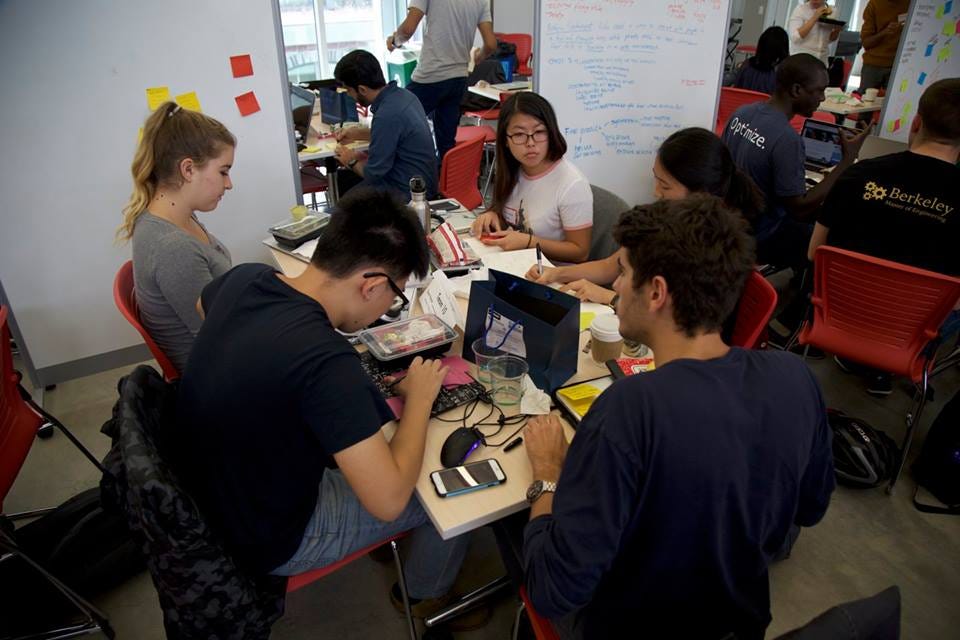
It was pretty nice being able to apply the skills we are learning in the M.Eng. program — not just technical, but also leadership — directly in a fast-paced team-project environment.
One of the biggest coaching moments in my team followed our initial pitch to the judges. My team had essentially made an entire curriculum for our product, and because of that we had trouble conveying a clear message to our judges. Before the judges announced the finalists, I worked with the team to decide what our key story was, and we revised our pitch.
Honestly, at the time we weren’t expecting to make it past the first round.
I just wanted to work through the pitch as a teaching moment, so that we could all learn a little more from the experience. Fortunately for us, we did have a chance to present the revised pitch. I think the succinct user experience we made in the final presentation, along with the allusions to the depth of the curriculum we had thought of, made our product the most compelling, and led to our success.
I’m so happy I got to take part in the Design Challenge. I really appreciated the mix of students that turned out, and how we got to work with people who we don’t usually interface with on campus. Pairing M.Eng. students with undergraduate teams worked really well; I definitely benefitted from the creativity and the energy of my teammates, and I also enjoyed the leadership side of the challenge. Based on the experience, I started looking for more interdisciplinary team projects, and have joined other design challenges across campus. I hope there’s another M.Eng. Design Challenge in the Spring!
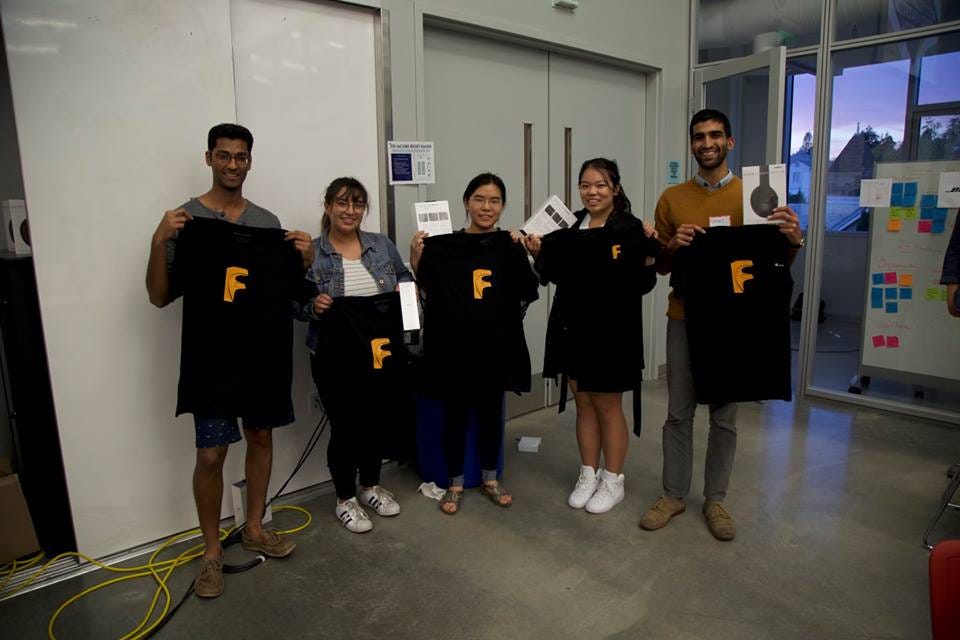
M.Eng. Student Perspective: Berkeley Audio Design Challenge (pt. 1) was originally published in Berkeley Master of Engineering on Medium, where people are continuing the conversation by highlighting and responding to this story.




